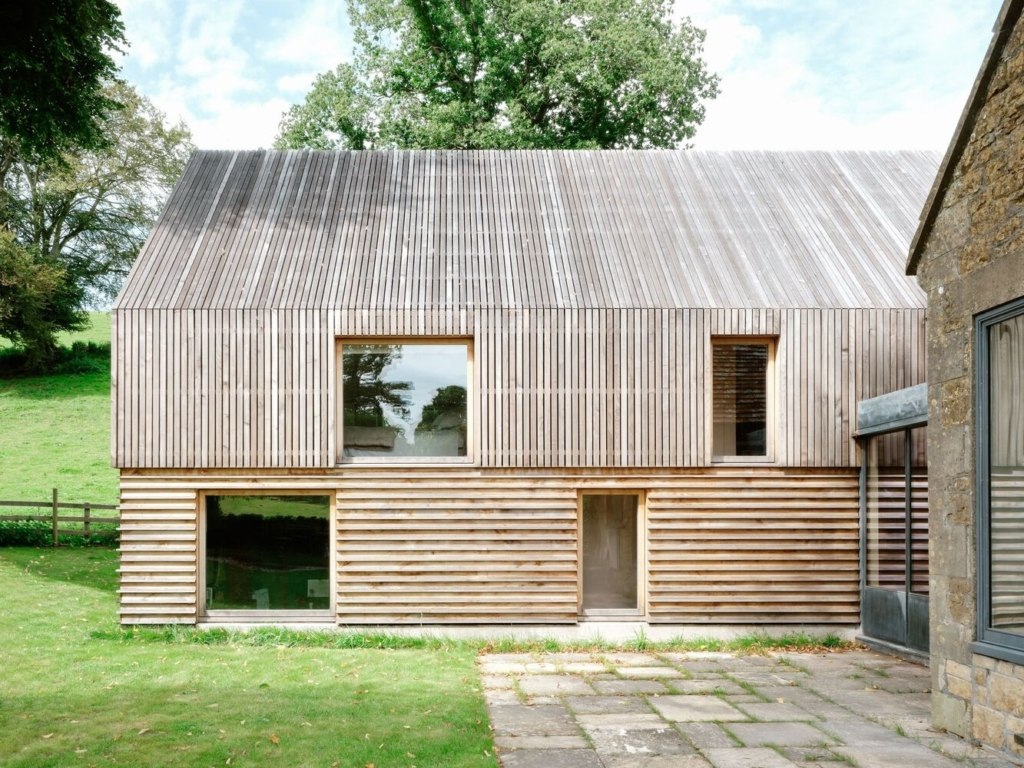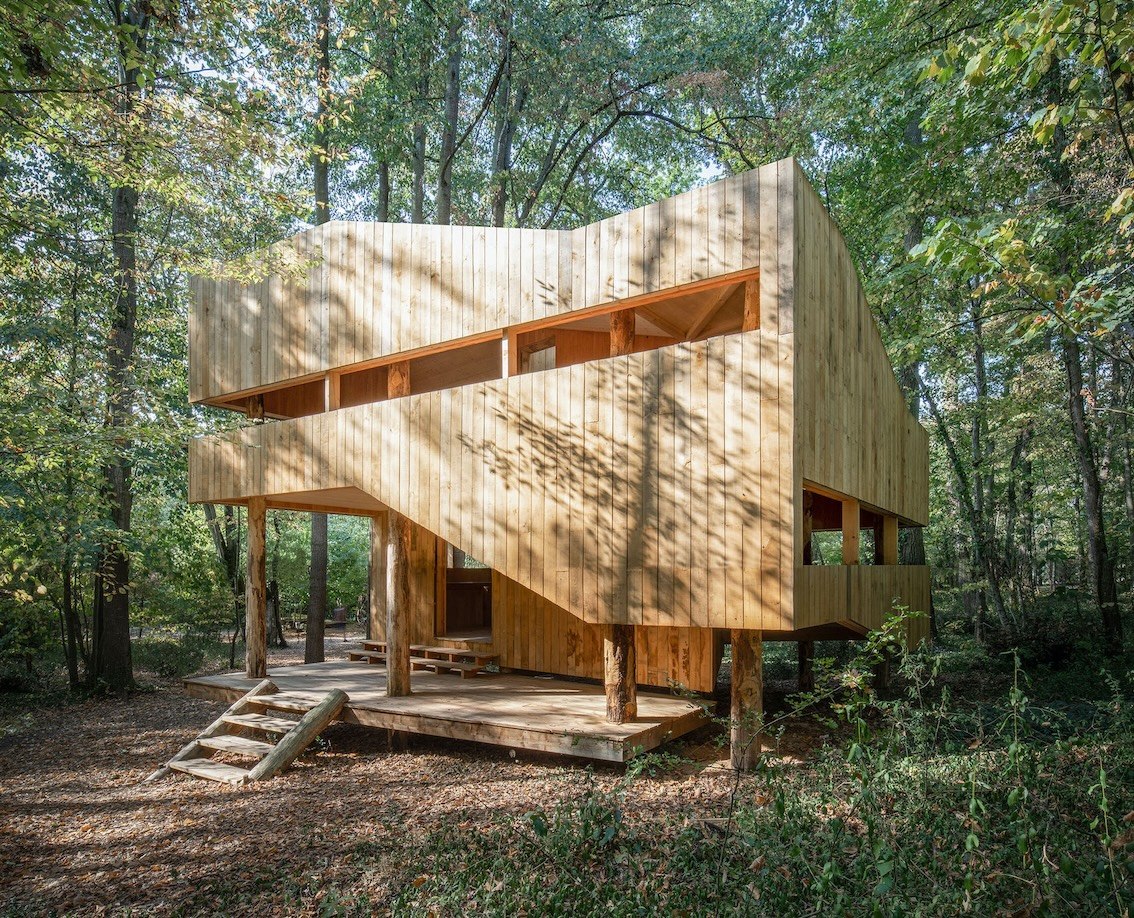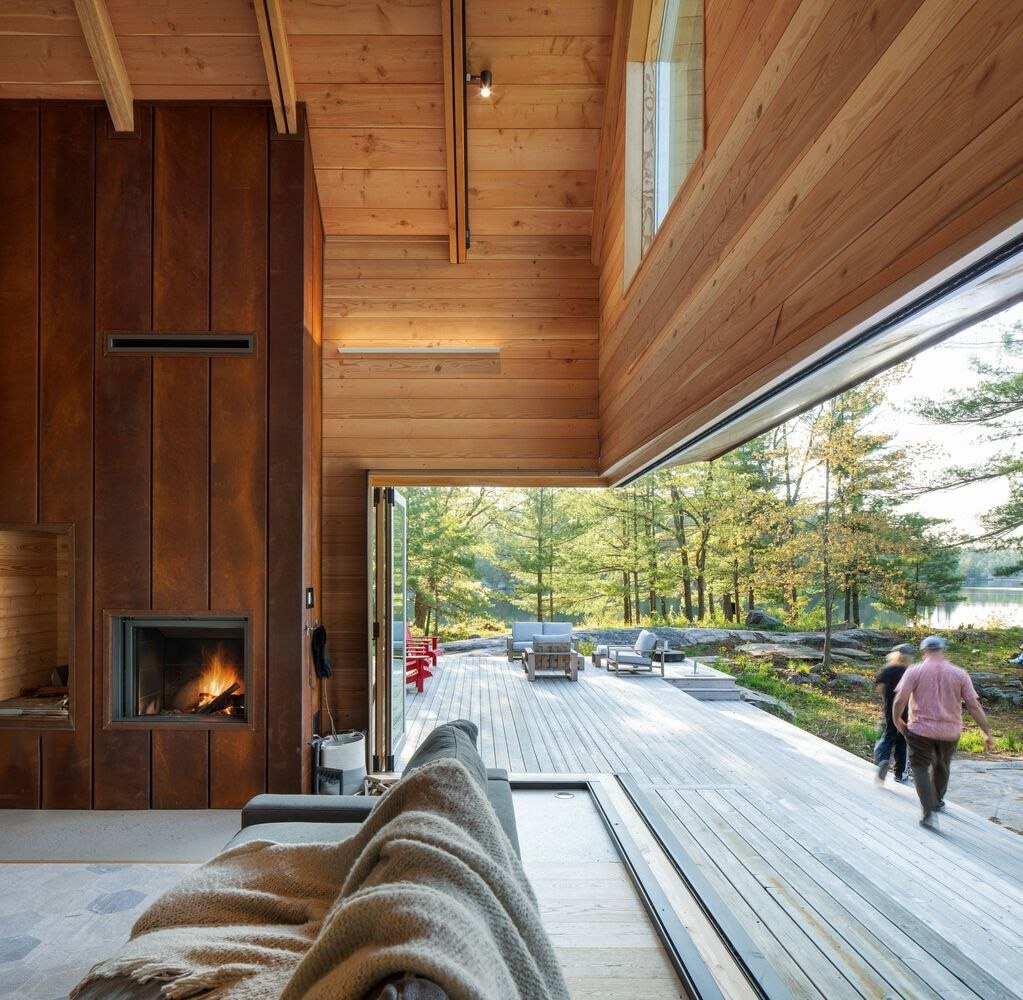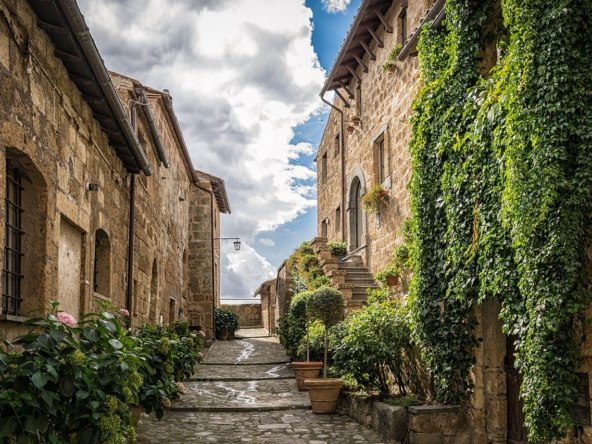The trend towards more sustainability and environmental protection in house construction is unmistakable.
Wooden houses offer an environmentally friendly and healthy alternative for living.
The many advantages, from excellent thermal insulation and a healthy living climate to state subsidies, make timber houses an attractive choice for environmentally conscious builders.
If you want to build and live sustainably, ecologically built timber houses are the right choice.
Wooden houses as a healthy living alternative
Wood is a remarkably sustainable and ecological building material and a timber house is not only visually appealing, but also contributes to a healthy living environment.
In addition, the environmental friendliness and sustainability of a timber house is convincing.
Wood has excellent insulating properties, which means that less heating energy is required.
This reduces CO2 emissions and protects the environment.
Wood offers natural thermal insulation.
The thermal insulation remains excellent even with thin walls, which contributes to a pleasant living climate.
Modern assembly techniques improve these properties even further by increasing the accuracy of fit of the building elements and preventing draughts.
Wood can regulate indoor humidity and ensures a healthy indoor climate.
It absorbs excess moisture and releases it again when the air is dry.
Allergy sufferers in particular benefit from the pleasant indoor climate.
People with lung diseases and allergies often find a better quality of life in wooden houses, as the wood filters pollutants out of the air and creates a pleasant living climate.
Sustainability does not end with building a house.
The interior can also be designed ecologically.
Floors, stairs, terraces and paints made from natural materials increase living comfort and contribute to healthy living.
By using resource-saving materials, the entire living space can be designed to be sustainable and cozy. 
Solar and photovoltaic systems on the roof not only improve the ecological balance, but also help to save energy costs in the long term.
Heat recovery systems and controlled ventilation also contribute to energy efficiency.






